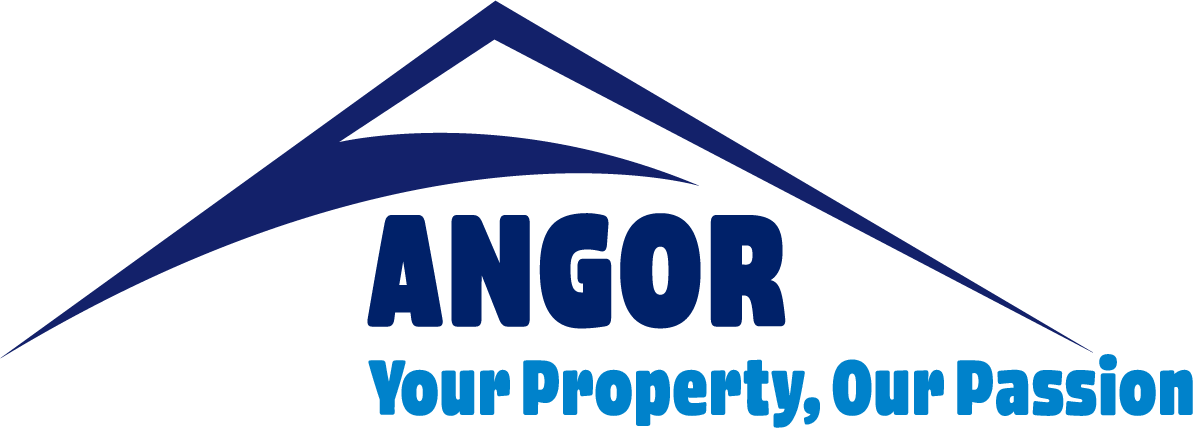💰 Levies in Homeowners’ Associations (HOAs): What You Need to Know
Levies in an HOA work differently from those in a Sectional Title Scheme.
Unlike Bodies Corporate, HOAs are not governed by the Sectional Titles Schemes Management Act (STSMA) – instead, their governing rules come from the estate’s MOI (Memorandum of Incorporation) or Constitution in conjunction with their approved Conduct Rules.
Here’s how levy contributions are usually structured:
- Regular Monthly Levies
Cover the day-to-day running costs of the estate, such as maintaining internal roads, perimeter walls, shared facilities (clubhouse, pool, guardhouse), and services like gardening or cleaning. Insurance over common property and servicing fire equipment may also be included. - Reserve or Maintenance Funds
Not legally required (unless specified in the MOI/Constitution), but good practice. These funds help avoid large once-off contributions by planning ahead for major repairs and upgrades. - Special Levies
Raised when unforeseen costs arise that aren’t covered by the regular levy — for example, a major repair or improvement project. - Punitive Levies (Fines)
Some HOAs impose fines for rule breaches (e.g. speeding in the estate, noise complaints). These must be written into the HOA’s MOI/Constitution/Conduct Rules to be enforceable. - Penalty Levies
Often apply in estates where owners buy undeveloped stands. If building isn’t started within the agreed timeframe, penalty levies (sometimes 2 – 10x the normal levy) may apply. Courts have upheld these where clearly provided for in the governing documents.💡 HOA levies aren’t “extra costs” – they’re the agreed contributions that keep common property secure, maintained, and functional. A well-managed HOA may also create a reserve fund to protect owners from sudden, high special levies.📘 Protect your investment by knowing how levies work in your estate.

